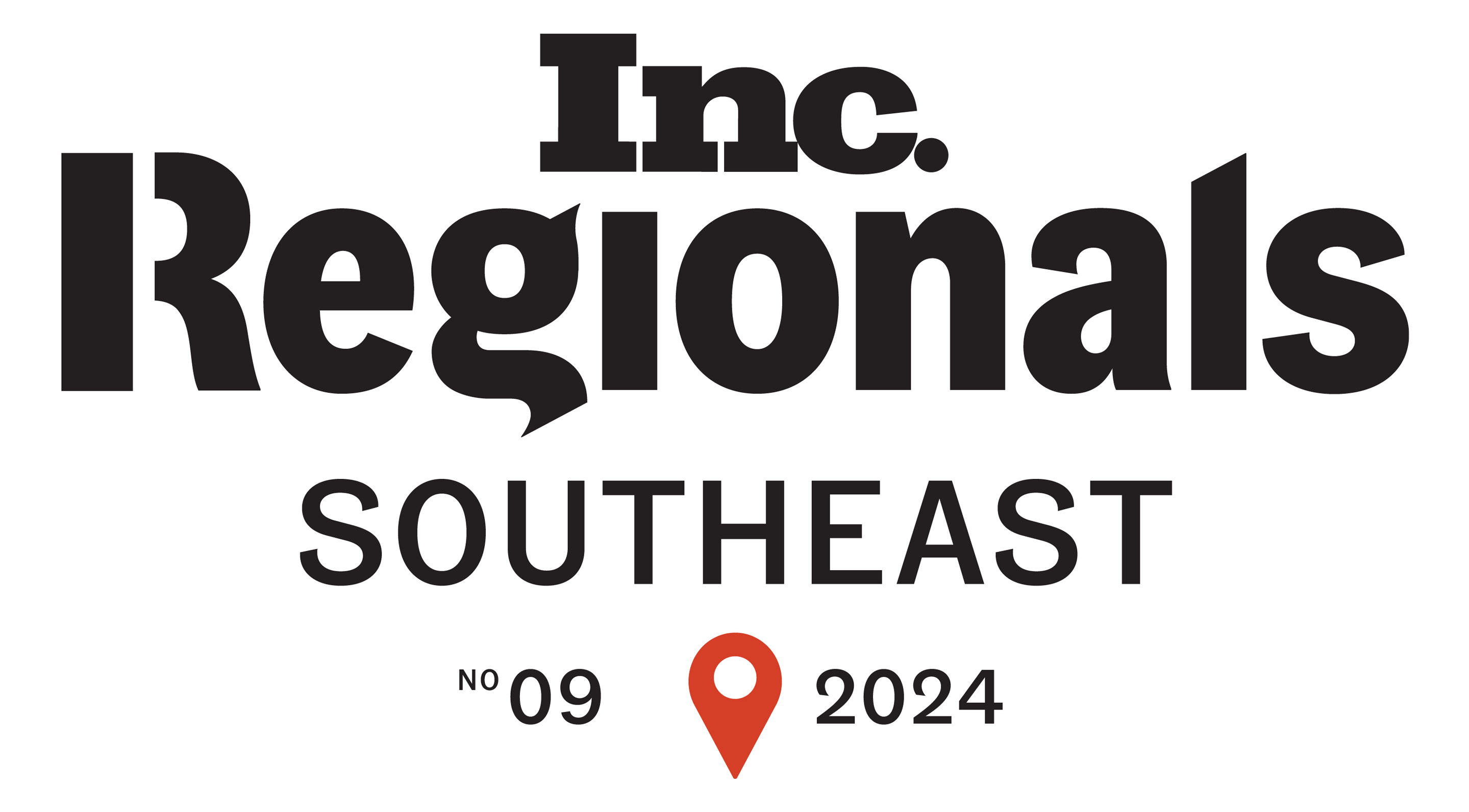When it comes to products, warranties are more than just promises to repair or replace items if something goes wrong. They're a crucial aspect of a manufacturer's business strategy, customer relations, and financial planning. But how do companies figure out the costs and manage these warranties effectively? That's what we'll explore in this comprehensive guide.
We'll dive into the key challenges, proven strategies, and emerging trends in warranty cost modeling, tailored specifically for manufacturers and Original Equipment Manufacturers (OEMs). Get ready to gain valuable insights that can help you optimize your warranty processes, reduce expenses, and build stronger, more trustworthy relationships with your customers.
Understanding the Challenges: Why Managing Warranty Costs is Crucial
Failing to properly manage warranty costs can have severe consequences for manufacturers and OEMs. Let's take a closer look at some of the most common challenges and their potential impact:
Causes of High Warranty Costs
- Complex Product Design: Intricate products are often more prone to defects, leading to higher warranty costs.
- Poor Quality Control: Insufficient quality checks during manufacturing can result in more defects and, consequently, higher warranty expenses.
- Defective Materials and Workmanship: Using subpar materials or poor workmanship can increase the rate of warranty claims.
- Inefficient After-Sales Service: An ineffective after-sales service network can significantly drive up warranty costs.
- Low Component Quality: Using low-quality parts in products can lead to more frequent failures and higher costs.
- Inadequate Service Personnel Training: Poorly trained service staff can also contribute to increased warranty expenses.
Impact on Overall Profitability
Unmanaged warranty costs can have far-reaching effects on a manufacturer's bottom line:
- Reduced Profit Margins: High warranty costs can eat into profit margins, making it difficult to sustain profitability.
- Hindered Investment in New Products: Heavy warranty expenses can limit a company's ability to invest in new products.
- Strained Cash Flow: Regular high warranty costs can significantly affect cash flow.
- Diminished Creditworthiness: High warranty expenses can also influence a company's credit rating and borrowing capacity.
- Reduced Return on Investment (ROI): Excessive warranty claims can take a hit on the return on investment (ROI).
- Threatened Financial Stability: Persistent high warranty costs can jeopardize a company's overall financial stability.
Consequences of Ineffective Management
Failing to effectively manage warranty costs can have far-reaching consequences beyond just financial implications:
- Increased Costs and Inefficiencies: Poor management can lead to additional costs and operational inefficiencies.
- Reduced Customer Satisfaction: Ineffective warranty management can negatively impact customer satisfaction.
- Damaged Reputation: Customers may perceive the company negatively if warranty issues are rampant.
- Loss of Loyal Customers: Ineffective handling of warranty claims can lead to losing loyal customers.
- Diminished Competitiveness: Companies with high warranty costs may struggle to compete effectively in the market.
- Stifled Innovation: Resources may need to be diverted away from innovation to cover warranty costs.
- Reduced Market Responsiveness: Companies might find it difficult to adapt to market changes due to limited resources.
- Decreased Stock Value: Ineffective warranty cost management can lead to a decrease in the company's stock value.
As you can see, managing warranty costs is not just a financial concern but a critical aspect of overall business success. By keeping these expenses in check, companies can ensure better financial health, customer satisfaction, and long-term viability.
Effective Warranty Cost Management Strategies
Fortunately, there are proven strategies that manufacturers and OEMs can implement to optimize their warranty cost management processes. Here are some of the most effective approaches:
- Predictive Modeling: Use predictive modeling techniques to forecast warranty claims and set aside the appropriate resources.
- Data Analytics: Employ data analytics to spot patterns in warranty claims and identify areas for improvement.
- Proactive Diagnostics: Implement proactive diagnostics to catch issues before they become major problems, reducing repair costs.
- Connected Data: Leverage data from connected devices to gain insights and improve warranty management processes.
- Financial Integration: Integrate warranty management with overall financial planning processes for better resource allocation.
- Data Visualization: Utilize data visualization tools to better understand warranty data and identify trends.
- Continuous Improvement: Constantly improve processes based on data analysis and customer feedback.
- Machine Learning: Employ machine learning algorithms to predict warranty issues and optimize processes.
- Data Mining: Use data mining techniques to identify high-risk customers and tailor warranty offerings accordingly.
- Statistical Process Control: Monitor and control warranty costs using statistical methods for better quality control.
Best Practices for Implementation
To ensure successful implementation of these strategies, manufacturers and OEMs should follow these best practices:
- Set Clear Goals: Establish clear goals for what you want to achieve with warranty cost management.
- Develop Comprehensive Plans: Create and adhere to a detailed warranty management plan.
- Implement Robust Data Systems: Invest in strong data management systems to gather accurate and comprehensive data.
- Embrace Continuous Improvement: Continuously look for ways to improve warranty processes based on data analysis and feedback.
- Adopt a Customer-Centric Approach: Keep the customer's needs and expectations in mind when developing warranty strategies.
- Incorporate Predictive Modeling: Always incorporate predictive modeling techniques for accurate forecasting.
- Leverage Data Analytics: Use data analytics to drive decision-making and identify areas for improvement.
- Integrate Financial Planning: Align warranty management with broader financial strategies for better resource allocation.
Overcoming Implementation Challenges
While implementing these strategies can be highly beneficial, manufacturers and OEMs may face some challenges:
- Resistance to Change: Employees or management might resist adopting new methods or tools.
- Integration Issues: Blending new processes with existing systems can be challenging.
- Data Accuracy Concerns: Gathering accurate data for effective management can be a significant hurdle.
- Training Needs: Employees may require extensive training to adapt to new systems and processes.
- Data Security Risks: Ensuring the security of warranty data is crucial to protect sensitive information.
- Balancing Customer Satisfaction and Cost Reduction: Finding the right balance between these two aspects can be tricky.
- Regulatory Compliance: Meeting legal requirements while managing costs can be a challenge.
- Quality Issues: Maintaining the quality and accuracy of data is essential for effective management.

By being proactive and addressing these challenges head-on, manufacturers and OEMs can successfully implement warranty cost management strategies and reap the benefits.
Opportunities for Innovation
As technology continues to evolve, new opportunities for innovation in warranty cost management are emerging:
- Artificial Intelligence (AI): AI can revolutionize how warranties are managed, from predictive modeling to automated claims processing.
- Blockchain: Blockchain technology can enhance the transparency and security of warranty claims data.
- Internet of Things (IoT) Devices: IoT devices can provide real-time data to better manage warranties and predict failures.
- Cloud Computing: Storing and analyzing data more efficiently using cloud computing can streamline warranty management processes.
- Predictive Analytics: Advanced predictive analytics can lead to more accurate warranty claims forecasts.
- Digital Twins: Digital twin technology can simulate and predict warranty scenarios, enabling proactive maintenance and cost reduction.
- Augmented Reality (AR): AR can enhance training and service procedures, improving the efficiency of warranty management.
- CRM Integration: Integrating warranty data with Customer Relationship Management (CRM) systems can improve customer experiences.
By embracing these innovative technologies, manufacturers and OEMs can stay ahead of the curve and optimize their warranty cost management processes for long-term success.
Leveraging Connected Data: The Key to Reducing Warranty Costs
In today's connected world, data collected from connected devices holds massive potential for reducing warranty costs. Let's explore how manufacturers and OEMs can leverage this valuable resource:
Types of Data from Connected Devices
- Performance Data: Real-time information on how a product is performing can be collected and analyzed.
- Usage Data: Data on how customers are using the product can provide valuable insights.
- Environmental Data: Information on the surrounding environment affecting the product's performance.
- Maintenance History: Detailed records of maintenance and repairs can be tracked and analyzed.
- Location Data: Insights into where the product is being used can help identify environmental factors affecting performance.
- Fuel Efficiency: For fuel-powered products, data on fuel efficiency can be crucial in identifying issues.
- Safety Features: Data on the usage and performance of safety features can help improve product design and customer education.
- Software Updates: Information on software versions and patches applied to the product can aid in identifying software-related issues.
Analyzing Data to Identify Patterns and Trends
By analyzing this wealth of data, manufacturers and OEMs can gain valuable insights:
- Usage Patterns: Analyzing how products are commonly used can help predict failures and optimize maintenance schedules.
- Maintenance Trends: Looking for trends in maintenance can help pre-empt common issues and proactively address them.
- Performance Correlations: Finding correlations between performance data and warranty claims can help identify root causes.
- Environmental Impacts: Determining how different environments affect product reliability can aid in product design improvements.
- Safety Data: Analyzing safety data can help identify common issues or usage problems, leading to better customer education and product enhancements.
- Software Correlations: Studying how software updates impact product performance and warranty claims can help improve software quality.
Specific Benefits of Connected Data
By leveraging connected data, manufacturers and OEMs can reap numerous benefits:
- Early Issue Detection: Identifying problems early can help avoid costly repairs later on.
- Optimized Maintenance: Preventive maintenance schedules can be fine-tuned based on real-world data.
- Enhanced Reliability: Overall product reliability can be improved by addressing issues identified through data analysis.
- Reduced Claims Frequency: With better data, the number of warranty claims can be lowered, reducing costs.
- Improved Diagnostics: Enhanced diagnostics based
Mastering warranty cost modeling is essential for manufacturers and OEMs to maintain financial health, ensure customer satisfaction, and stay competitive. By understanding the challenges, implementing effective management strategies, and leveraging innovative technologies, companies can optimize their warranty processes, reduce expenses, and build stronger relationships with their customers.
Embracing predictive modeling, proactive diagnostics, and connected data provides manufacturers with the tools to forecast and mitigate warranty costs. These approaches allow for early issue detection, optimized maintenance, and improved product reliability. Additionally, integrating these strategies with financial planning processes ensures better resource allocation and risk management.
Opportunities for innovation, such as AI, blockchain, IoT devices, and augmented reality, continue to emerge, offering new ways to enhance warranty management. By staying ahead of these trends, manufacturers and OEMs can drive continuous improvement and maintain a competitive edge.
Partnering with experts like OnPoint Warranty can further enhance these efforts, providing comprehensive solutions and industry-specific insights. With the right strategies and support, manufacturers can achieve greater operational efficiency, reduce warranty costs, and deliver exceptional customer experiences.
Take the first step towards optimizing your warranty cost modeling by scheduling a demo with OnPoint Warranty today. Let us show you how our solutions can transform your warranty management processes and drive long-term success for your business.
Next Steps
Ready to turn your warranties into a customer loyalty goldmine?
Don't let warranty management be an afterthought. Embrace it as a powerful opportunity to build trust, showcase your values, and create customers for life.
And if you want to take your warranty game to the next level, it's time to learn more about OnPoint Warranty.
OnPoint Warranty is your secret weapon for transforming warranties from a necessary evil into a competitive advantage. With their cutting-edge platform and expert support, you can:
- Streamline your claims process for maximum efficiency and customer satisfaction
- Offer extended warranties that delight customers and differentiate your brand
- Leverage warranty data for personalized, proactive customer engagement
- And much more
If you're serious about building customer loyalty that lasts, you can't afford to ignore the power of warranties. And you can't afford to settle for anything less than the best in warranty management.
So what are you waiting for? Give us a shout today and learn how we can help you turn warranties into a customer loyalty goldmine. Your customers (and your bottom line) will thank you.









